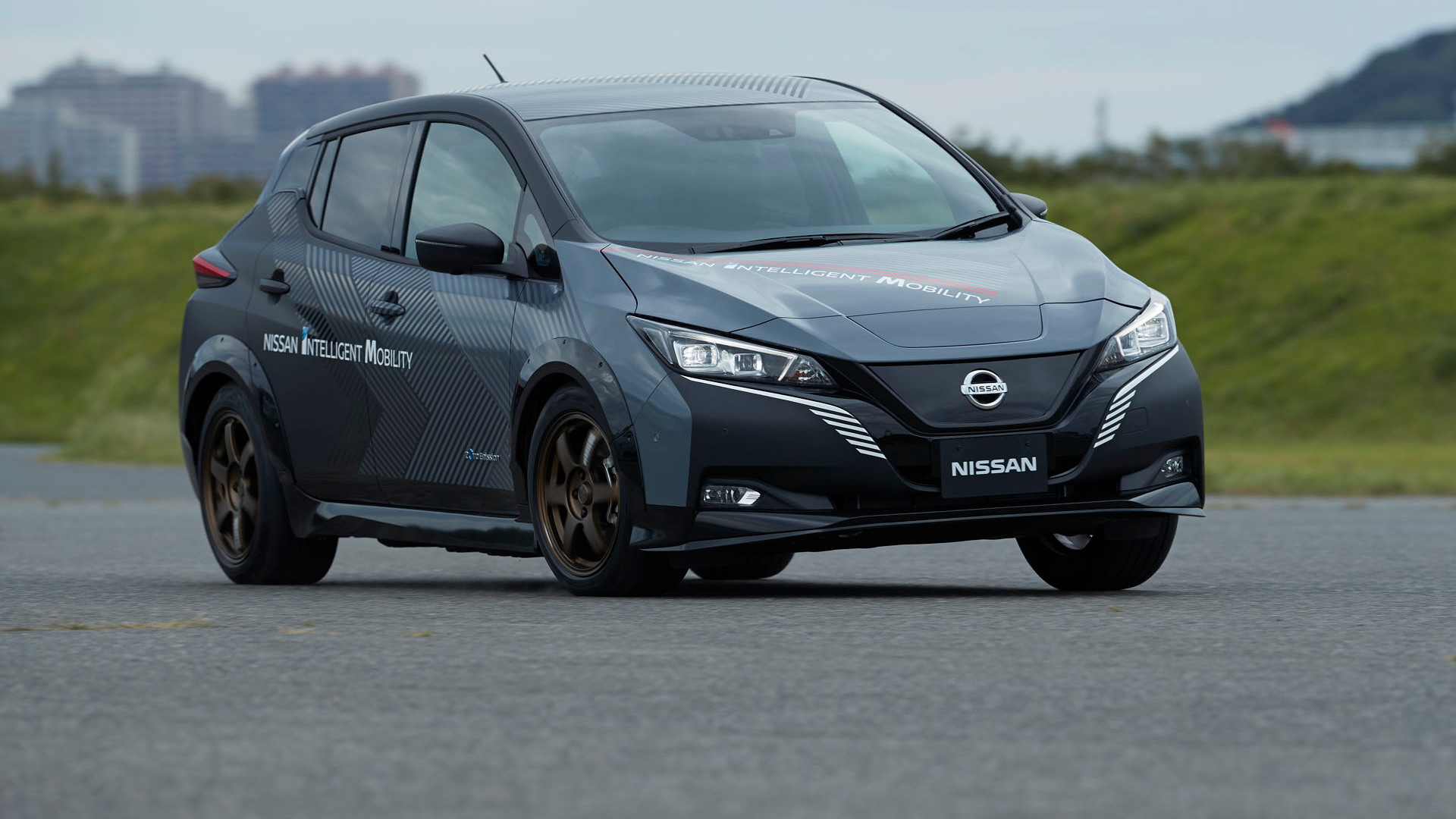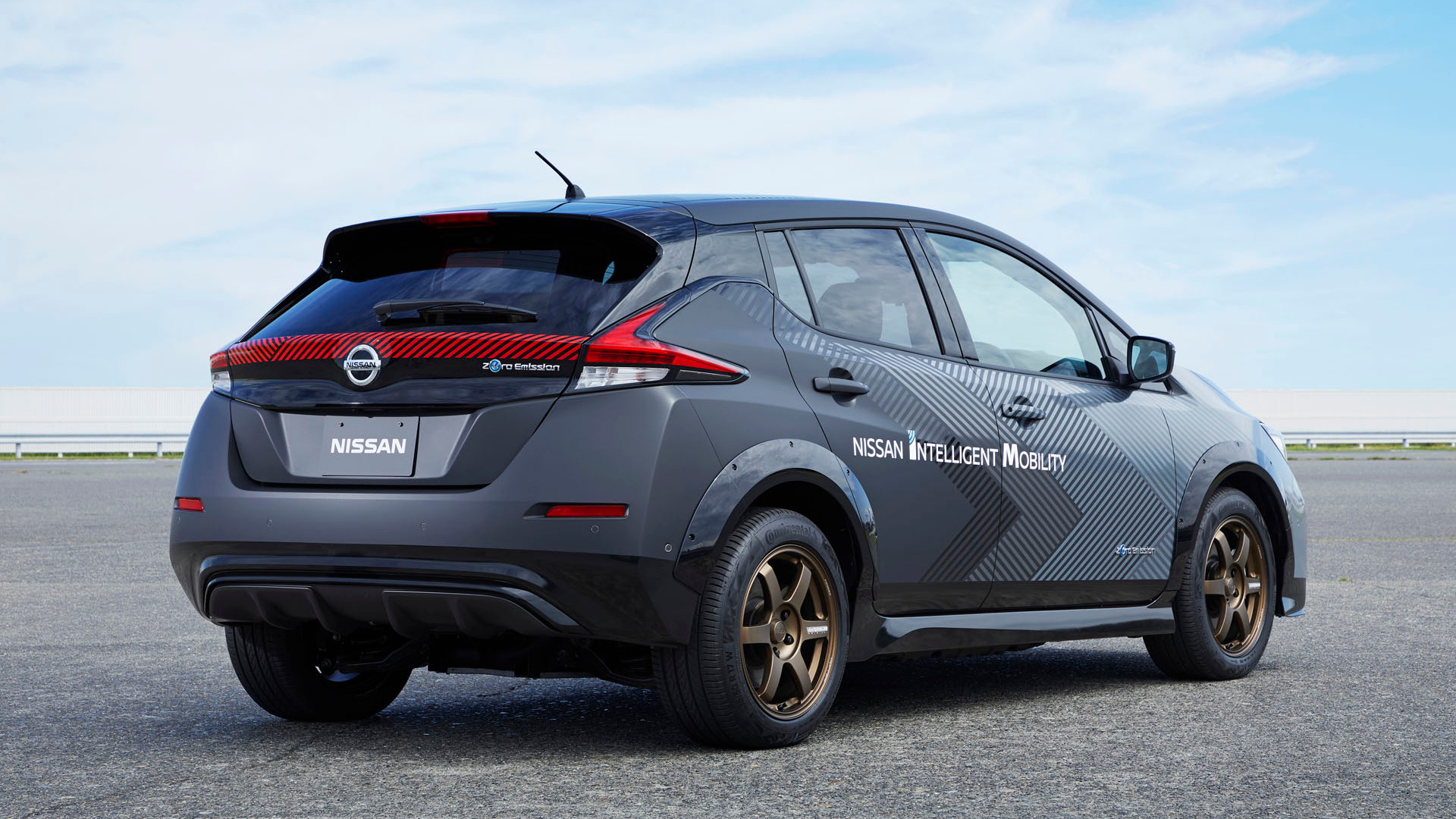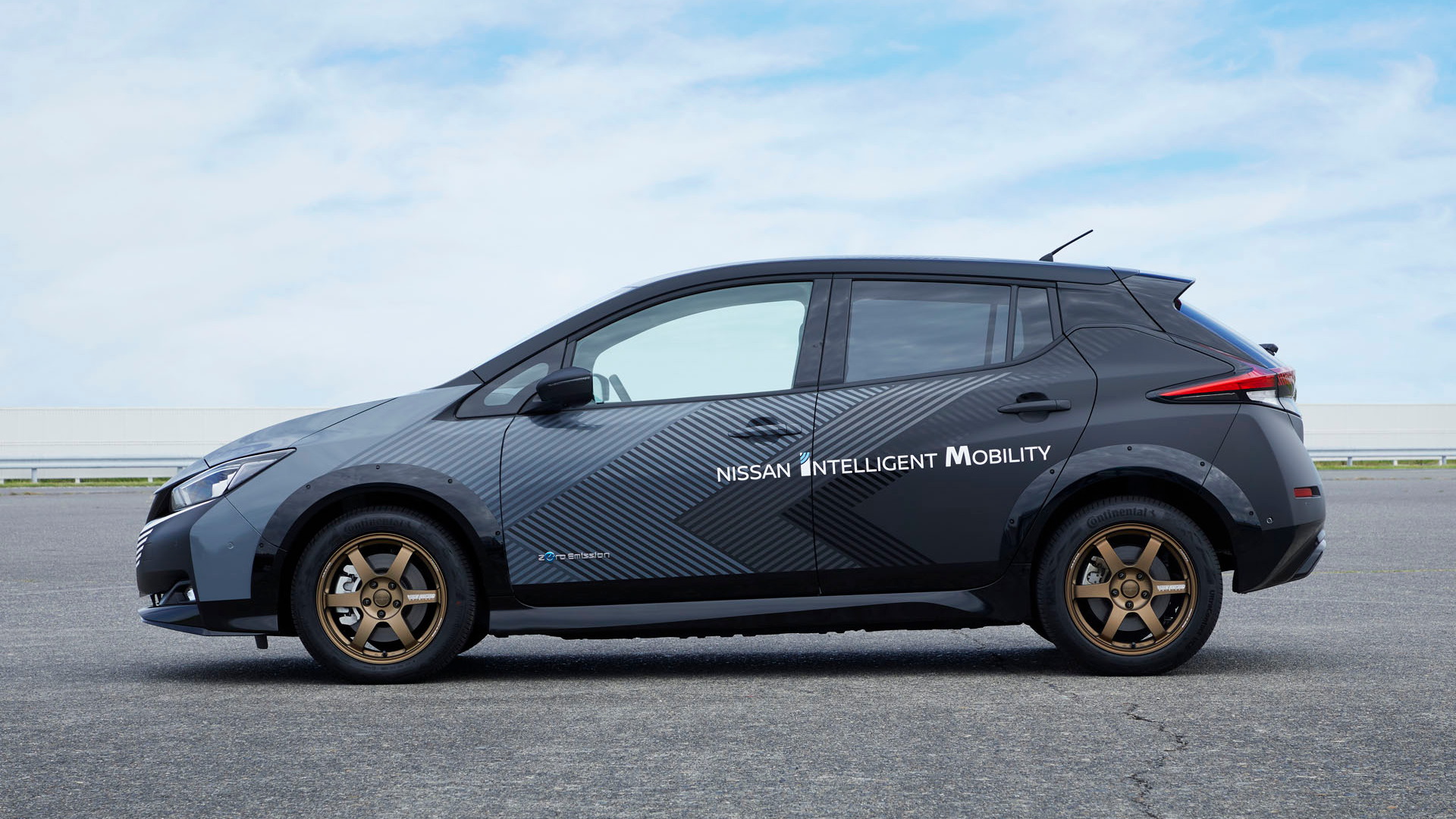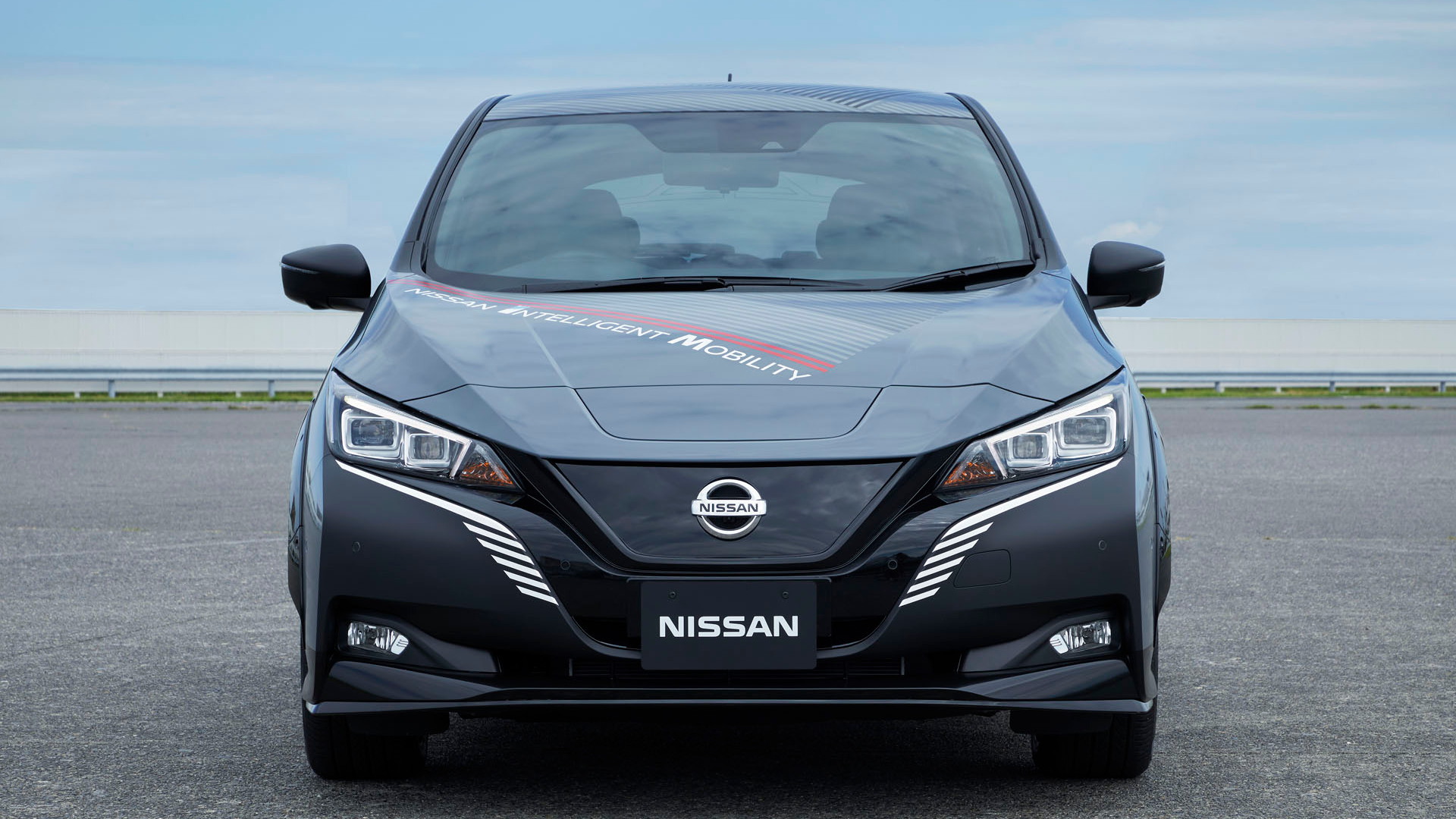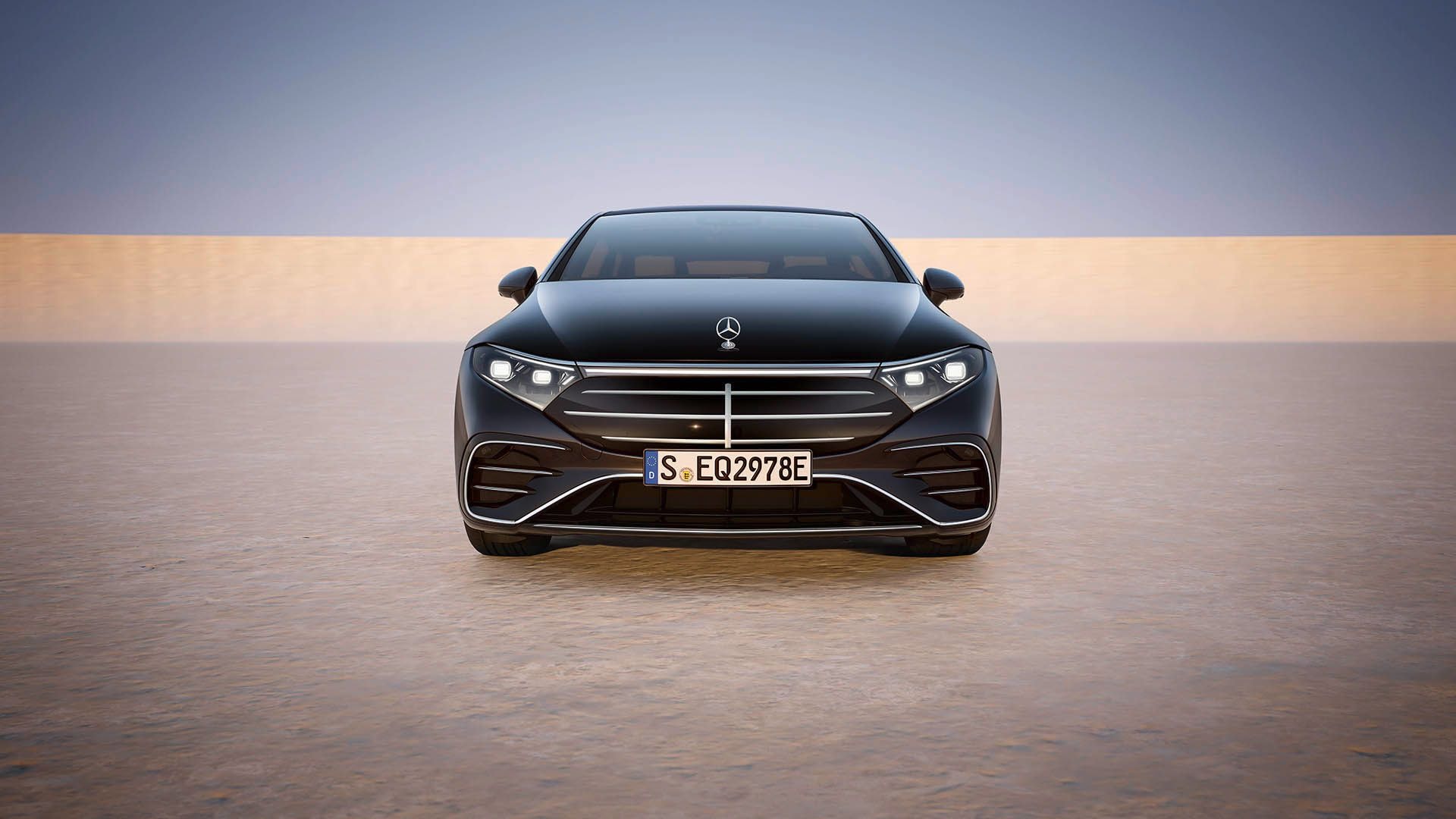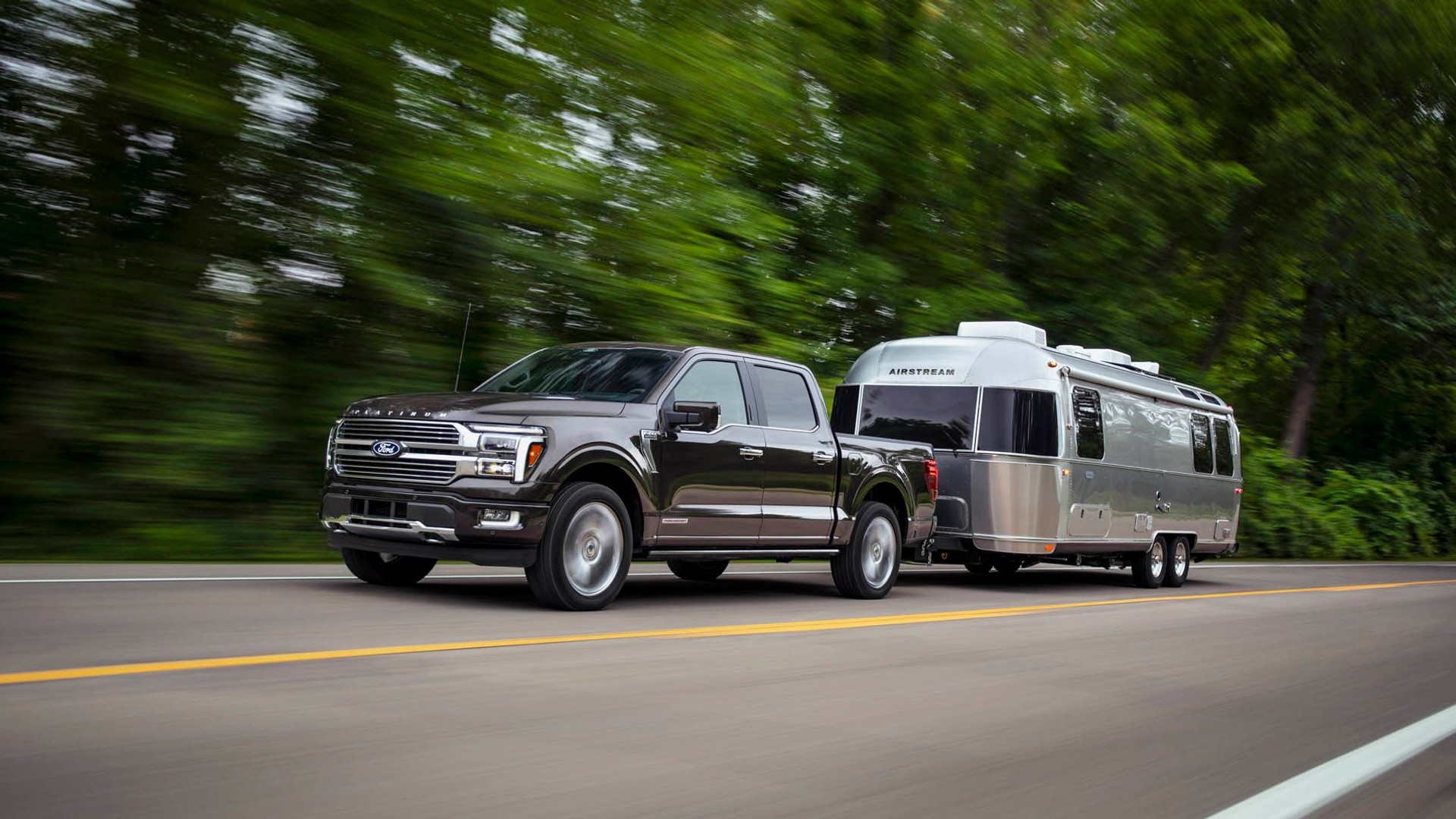When Nissan launched the updated 2018 Leaf, company representatives told Green Car Reports that a dual-motor variant was still off the table. What you see before you, then, shouldn't be possible. And yet...
This prototype's front and rear motors combine for more than 300 horsepower and almost exactly 500 pound-feet of torque, which is quite a bit for a Leaf. Fortunately, two motors means two sets of driven wheels, so there's enough tire to at least do this powertrain's output some degree of justice.
Nissan is pitching this engineering exercise as a demonstration of the performance capabilities of its upcoming scalable electric powertrain. By utilizing regenerative braking on both the front and rear axles, and combining that with existing brake and chassis control tech, Nissan can make its Leaf prototype accelerate, brake and corner almost flat without stiffening the ride.
What was missing from the announcement were any references to range, weight, or actual performance figures, leading us to believe that Nissan doesn't have any genuine interest in building a dual-motor Leaf. Instead, we suspect that this prototype is Nissan's way of letting us know that its next generation of electrification is just about ready for prime time.
The real beneficiary of this proof-of-concept will likely be Nissan's forthcoming IMx-inspired crossover, just this month teased as the Ariya concept at Tokyo. That includes a 0-60 time of less than 5.0 seconds and a 300-mile range. Unfortunately, there's another number that's not so promising, and that's 2022—the now-anticipated model year of its production debut.
Nissan originally planned to debut its new EV some time in 2020, and despite previewing the new car to dealers, it's reportedly pushed back its launch until at least late 2021.
